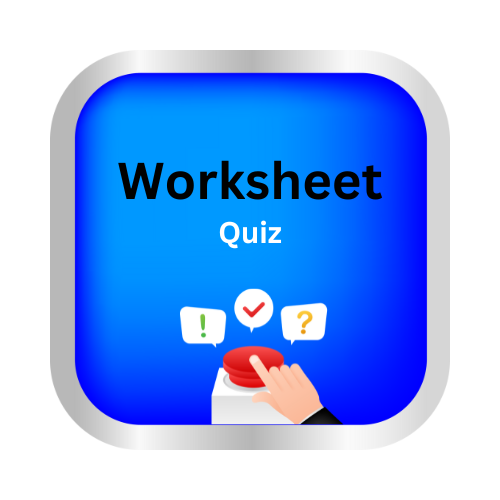Power property of logarithms
key notes:
Product Property: logb M + logb N = logb MN, where b, M, and N are positive, and b≠1.
Quotient Property: logb M – logb N = logb M/N , where b, M, and N are positive, and b≠1.
Power Property: logb MN = N logb M, where b and M are positive, and b≠1.
A common logarithm uses base 10. The common logarithm log10 x is usually written as logx, without the base.
Learn with an example
➡️ Expand the logarithm. Assume all expressions exist and are well-defined.
Write your answer as a sum or difference of common logarithms or multiples of common logarithms.
The inside of each logarithm must be a distinct constant or variable.
log x2
_______
Expand the logarithm.
log x2
= 2 log x Power Property
You could also use the Product Property.
log x2
= log (x . x) Definition of exponent
= log x + log x Product Property
= 2 log x Combine like terms
➡️ Expand the logarithm. Assume all expressions exist and are well-defined.
Write your answer as a sum or difference of common logarithms or multiples of common logarithms.
The inside of each logarithm must be a distinct constant or variable.
log v9
_______
Expand the logarithm.
log v9
= 9 log v Power Property
➡️ Expand the logarithm. Assume all expressions exist and are well-defined.
Write your answer as a sum or difference of common logarithms or multiples of common logarithms.
The inside of each logarithm must be a distinct constant or variable.
log r2
_______
Expand the logarithm.
log r2
= log (r . r) Definition of exponent
= log r + log r Product Property
= 2 log r Combine like terms
let’s practice!

